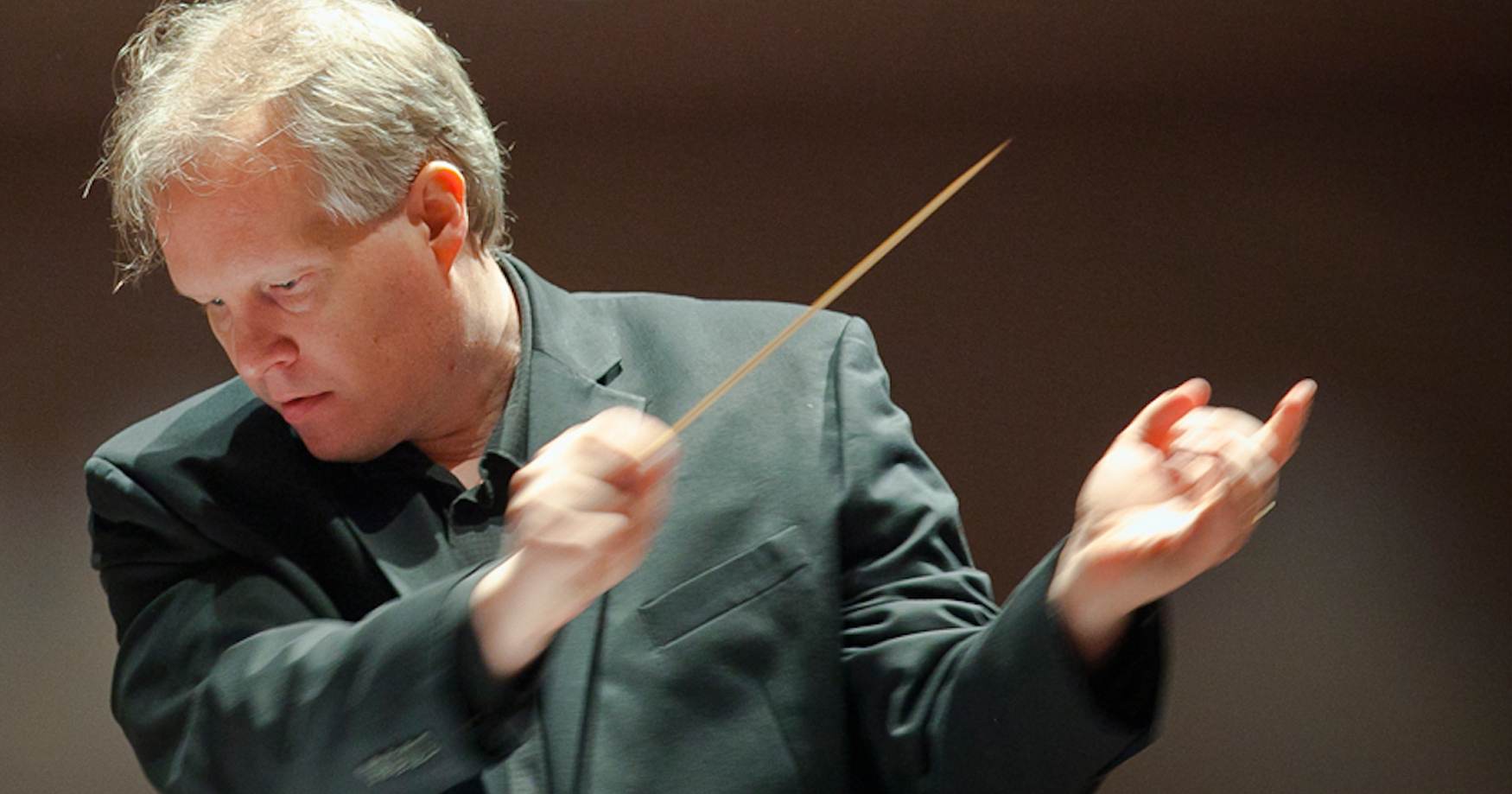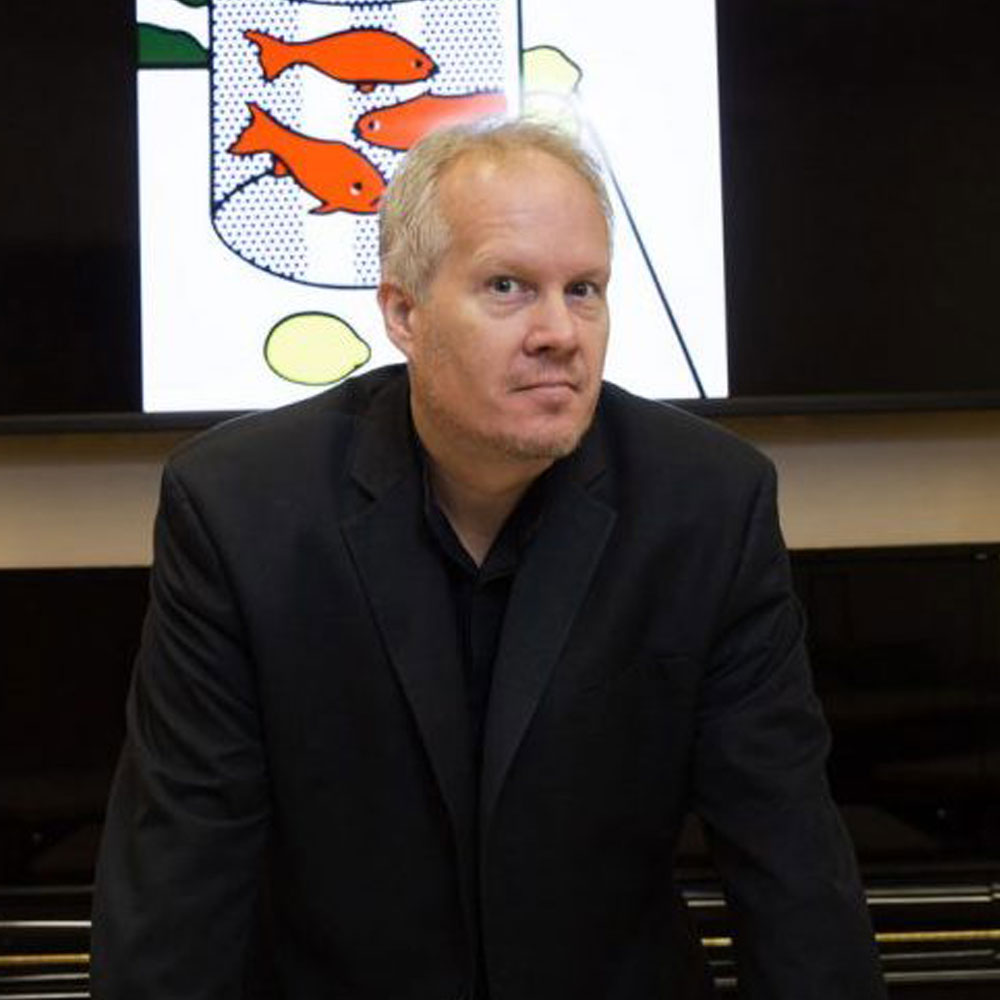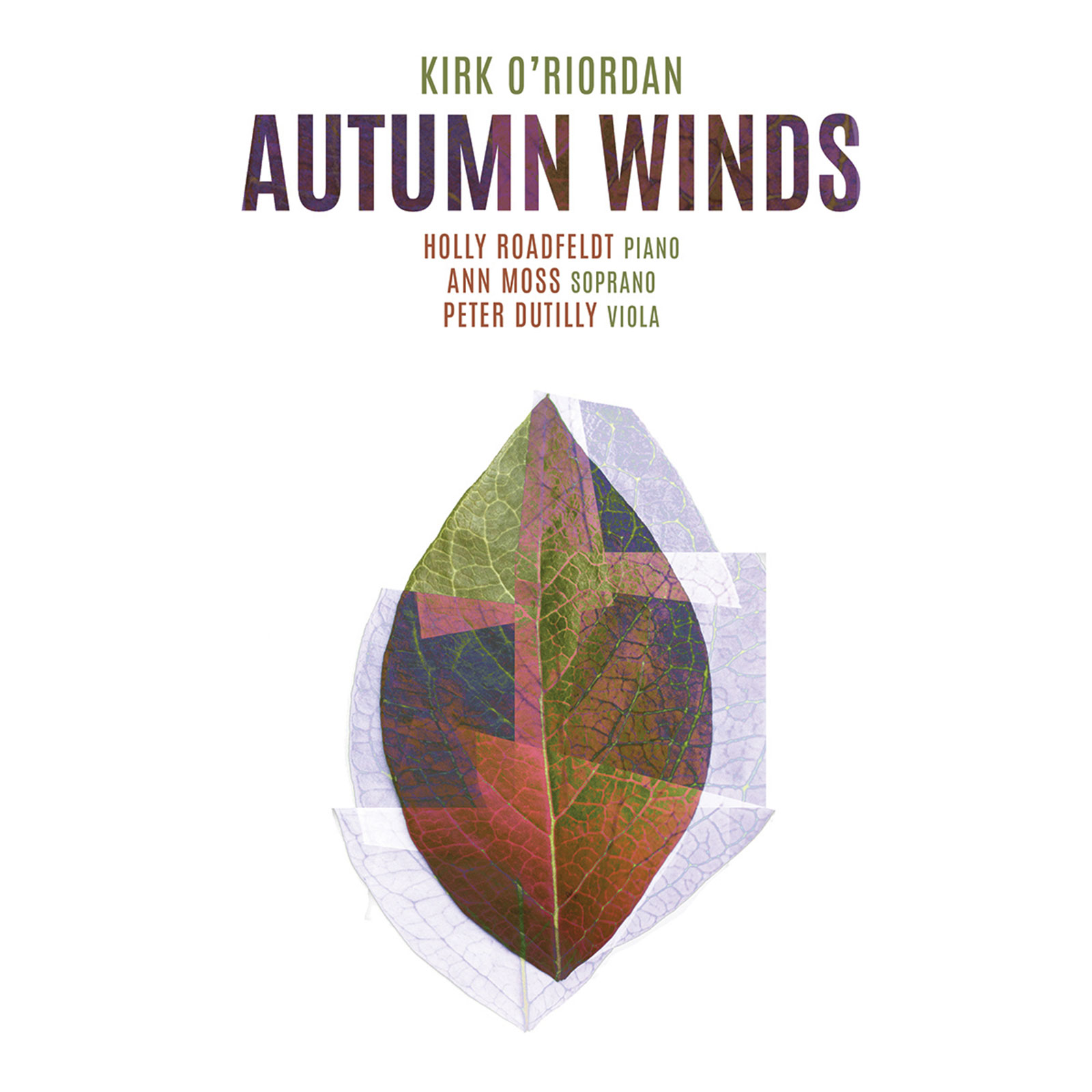
AUTUMN WINDS, a collection of chamber music composed by Kirk O’Riordan, features pianist and PARMA recording artist Holly Roadfeldt along with soprano Ann Moss and Peter Dutilly playing viola. Kirk takes listeners to the outskirts of tonality in order to elucidate questions of beauty, existence, and mortality.
Today, Kirk is our featured artist in “The Inside Story,” a blog series exploring the inner workings and personalities of our composers and performers. Read on to discover how running obstacle course races may tie into his professional life…
Who was your first favorite artist(s) growing up?
I had a lot of influences, in a variety of styles. I was fortunate that my family was friends with several members of the Cleveland Orchestra, so I got to grow up going to those concerts and getting to hear so many remarkable performances. As I developed as a saxophonist and started preparing to be a music major, I was inspired by people like Fred Hemke, Eugene Rousseau, and John Sampen, all of whom I was able to study with at some point in my training. In the pop world, I have always been a huge Depeche Mode fan, and I think there is some lasting influence from them in my serious writing, especially with regard to how I hear instrumental color and how I layer those colors.
When did you realize that you wanted to be an artist?
To be honest, I can’t recall a time when I didn’t want to be an artist…but the more important realization for me was that point at which I knew I could be an artist. That took a long time. I think that mostly happened after being able to look back and say to myself that I have been “being” an artist without having thought consciously that I was trying to be one.
What was your most unusual performance, or the most embarrassing thing that happened to you during a performance?
I think the most unusual performance I have done was a pop concert I did as a faculty recital at Lafayette. I mixed some of my classical-inspired pop songs with some covers… had some automated lighting, the whole thing. Not sure if I will do that again, but it was a good time, and it forced me to do some things—like sing in public—that involve some risk.
What is your guilty pleasure?
Not sure if I really have one, but I am very into running obstacle course races. I typically do 5-6 each summer… I really enjoy the physical and mental challenges and the feeling of accomplishment after giving a strong effort to overcome them.
If you could make a living at any job in the world, what would that job be?
I am doing that job now. I wouldn’t trade the work I do at Lafayette for anything… I have terrific students who work hard; I get to conduct great music with the Concert Band; I get to expose people who may never have thought about composing and/or conducting to those fields and give them an opportunity that students at many larger music programs can’t get. Every semester is a different, new challenge.
If you could spend creative time anywhere in the world, where would it be?
Over the years, Holly and I have had several residencies at the Avaloch Farm Music Institute. One of those residencies was used for the rehearsal period before we recorded AUTUMN WINDS. They do a wonderful job creating a wonderful environment for artistic growth, especially for performers.
Holly and I went to Spain for the IDRS conference two years ago, and we adored it. It was wonderful… the people, the food, the history. I think if we ever have the opportunity to have a residency in Spain for any length of time it would be a transformative experience.
Are there other beautiful places that inspire me? Yes, of course. Holly and I enjoy art museums… we both find a great deal of creative energy in places like the Art Institute of Chicago and MOMA. Other artistic disciplines, especially visual art, regularly find a way into my music, so it is nice be in places where I can absorb those stimuli.
If you could instantly have expertise performing one instrument, what instrument would that be?
I was trained as a saxophonist, and though I don’t perform regularly I would say I still have pretty good skills. I also conduct a lot. Were I to do it again, and choose a fully new instrument to be downloaded into me, I think I would want to be an operatic tenor and be able to sing arias like “Nessun dorma” for a living.
What was your favorite musical moment on the album?
I think hearing the performances for the first time. I am so fortunate to have had three world-class performers and one world-class engineer make this recording. I wanted to give them space to be creative and to make their performances their own, so I stayed away from the sessions, other than to get them food or answer a question… so I didn’t really hear much of it until I got a rough edit from Andreas. I had heard them perform the music while we were at Avaloch, so I knew what they were capable of, but hearing what they got on tape… it was at another level. They brought out aspects of my pieces I didn’t know were there, and to hear the recordings was like hearing these pieces for the first time.
What does this album mean to you personally?
I am really proud of this album. These four pieces represent a lot of who I am as a composer and what I value as a musician and as an artist. It features two of my most significant collaborations—with my wife Holly, who is the pianist; and with Lee Upton, a colleague at Lafayette with whom I have written an opera. I am humbled by the amount of work, care, love, and energy Holly, Ann, Peter, and Andreas put into making my music work, and I am in awe of what they accomplished.
Is there a specific feeling that you would like communicated to audiences in this work?
I don’t know if there is just one specific feeling… and if there were, I am not sure I’d say for fear that I would rob the listener of having her/his own connection with the music. I think this is powerful music, and what I would want for the listener is that the music would find a way to reach her/him in a unique, personal way. I hope everyone who hears it will feel something different.

Kirk O'Riordan's music has been referred to as “unapologetically beautiful” and is often praised for its uniquely “visual” qualities that depict a wide range of striking moods. Gramophone Magazine praised O’Riordan as “a composer for whom imagery is a defining inspiration. ...[He] is a deeply sensitive composer who savours going gently into the night.” O’Riordan (b. 1968) is an active composer, conductor, saxophonist, and teacher.

